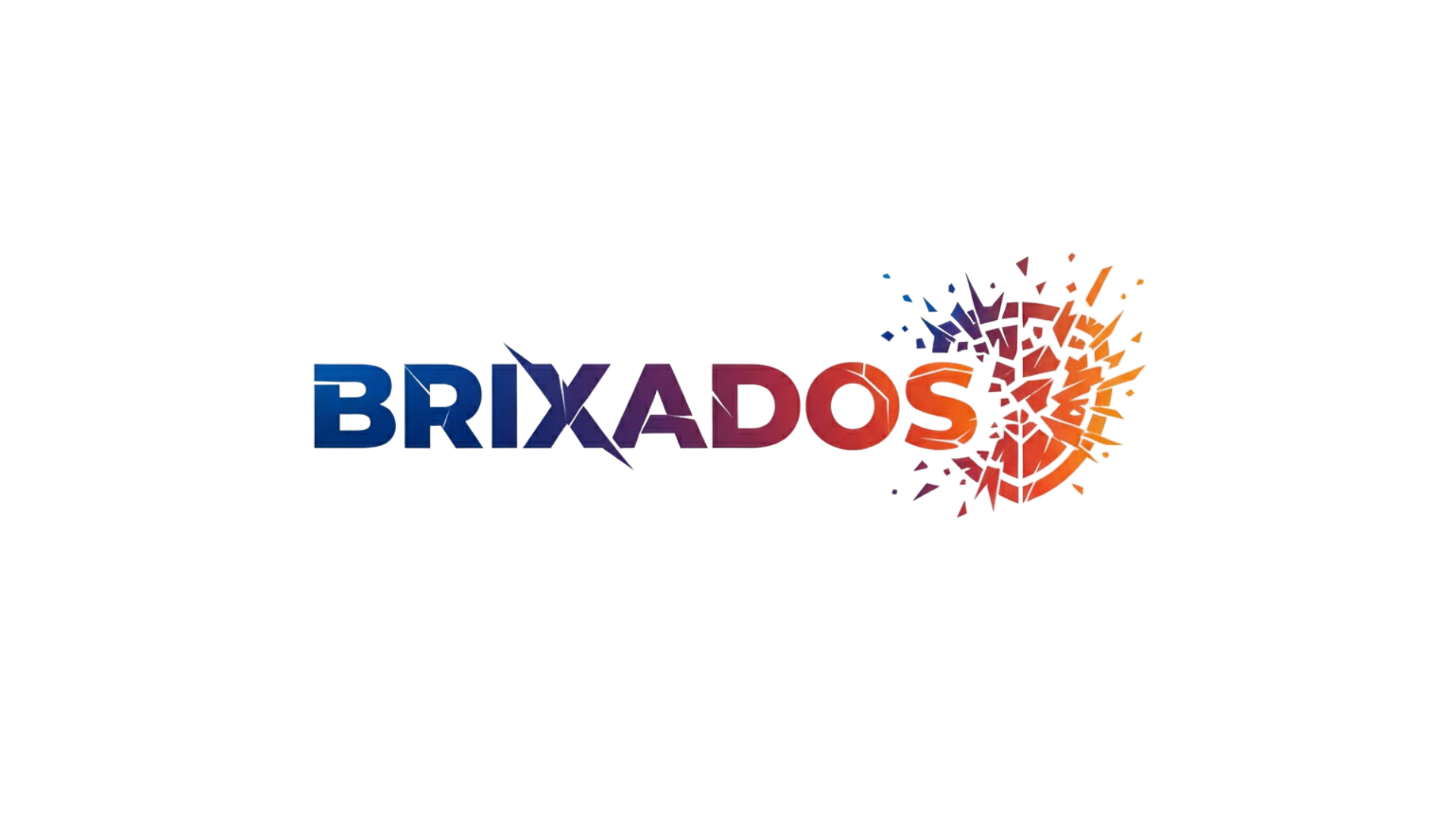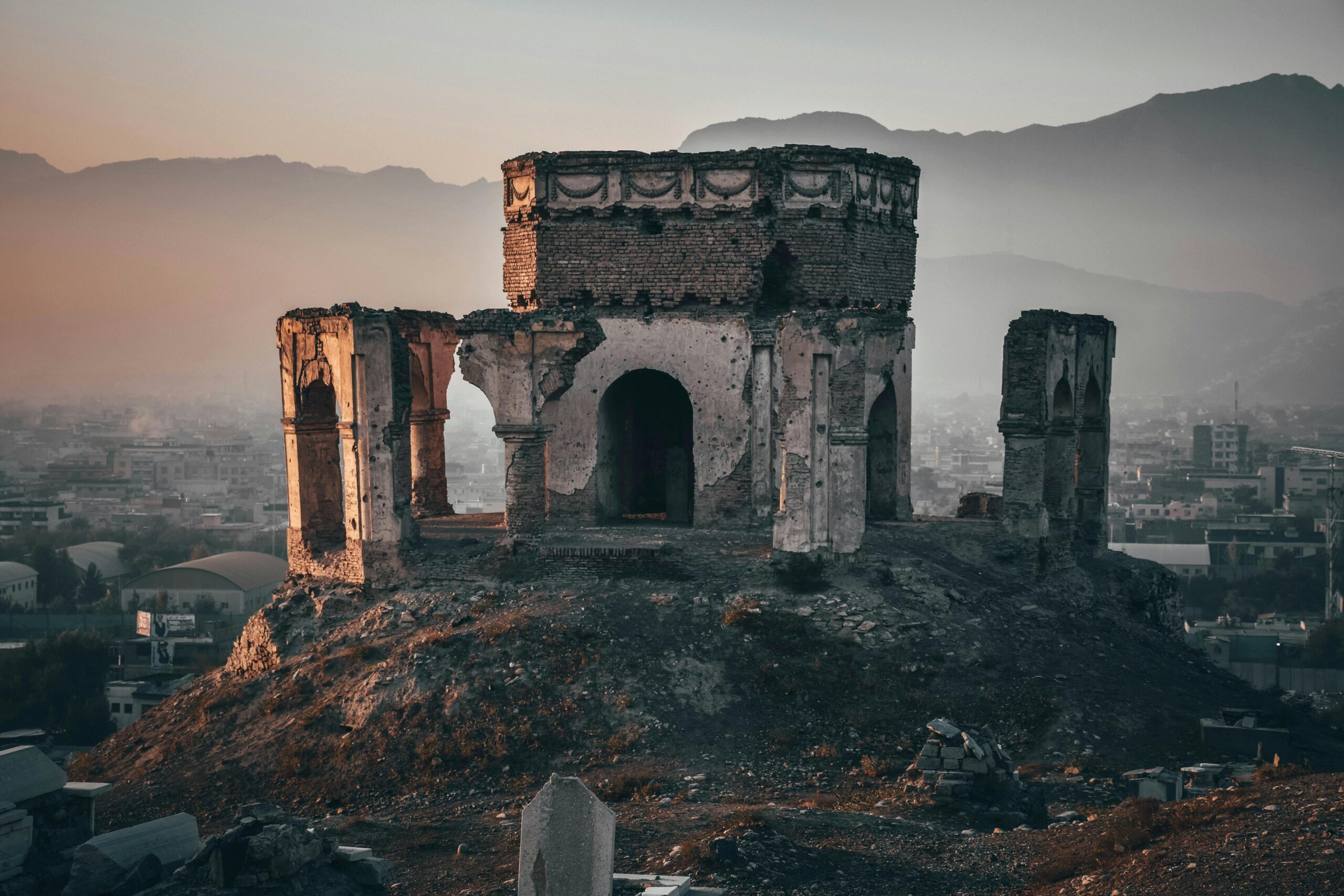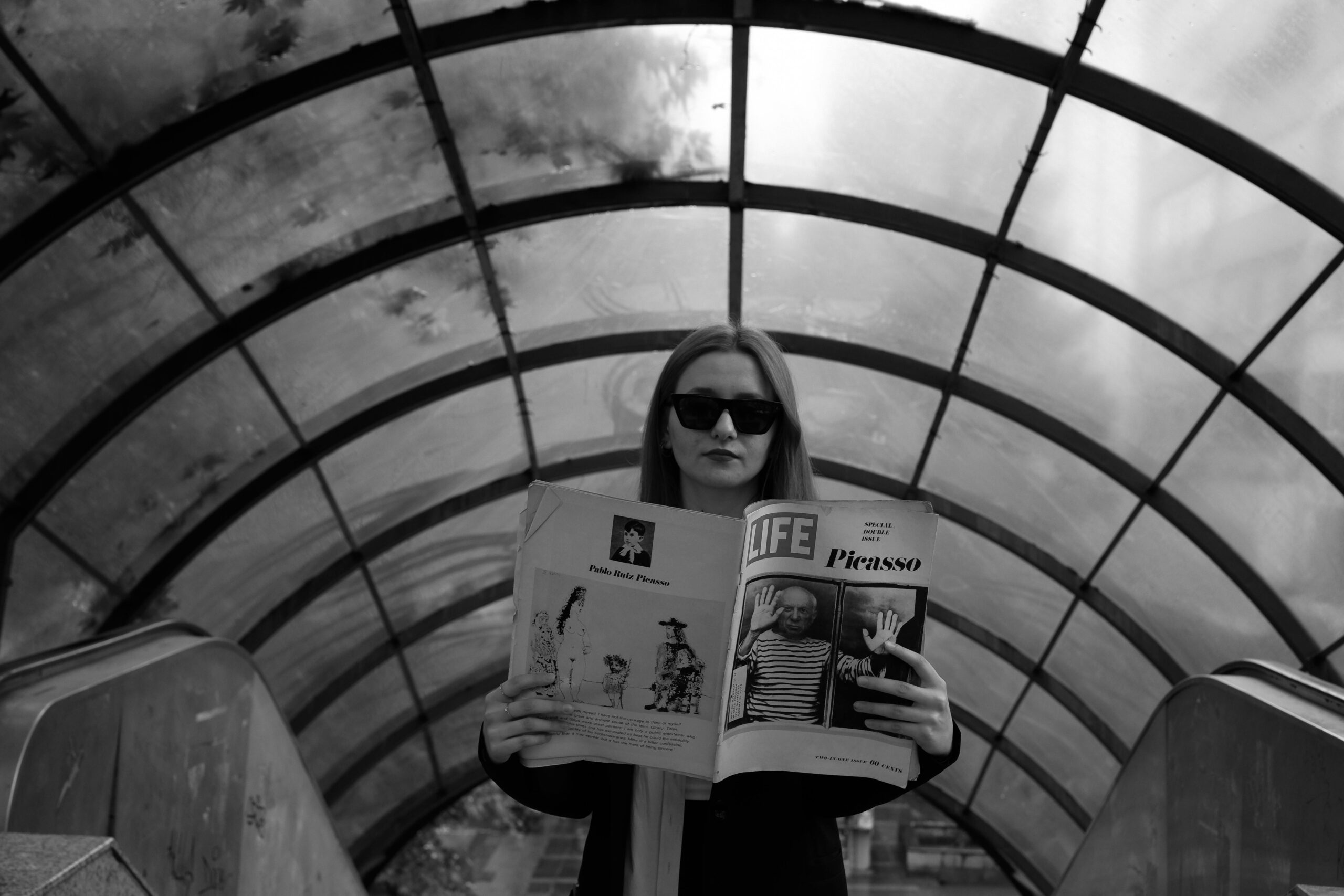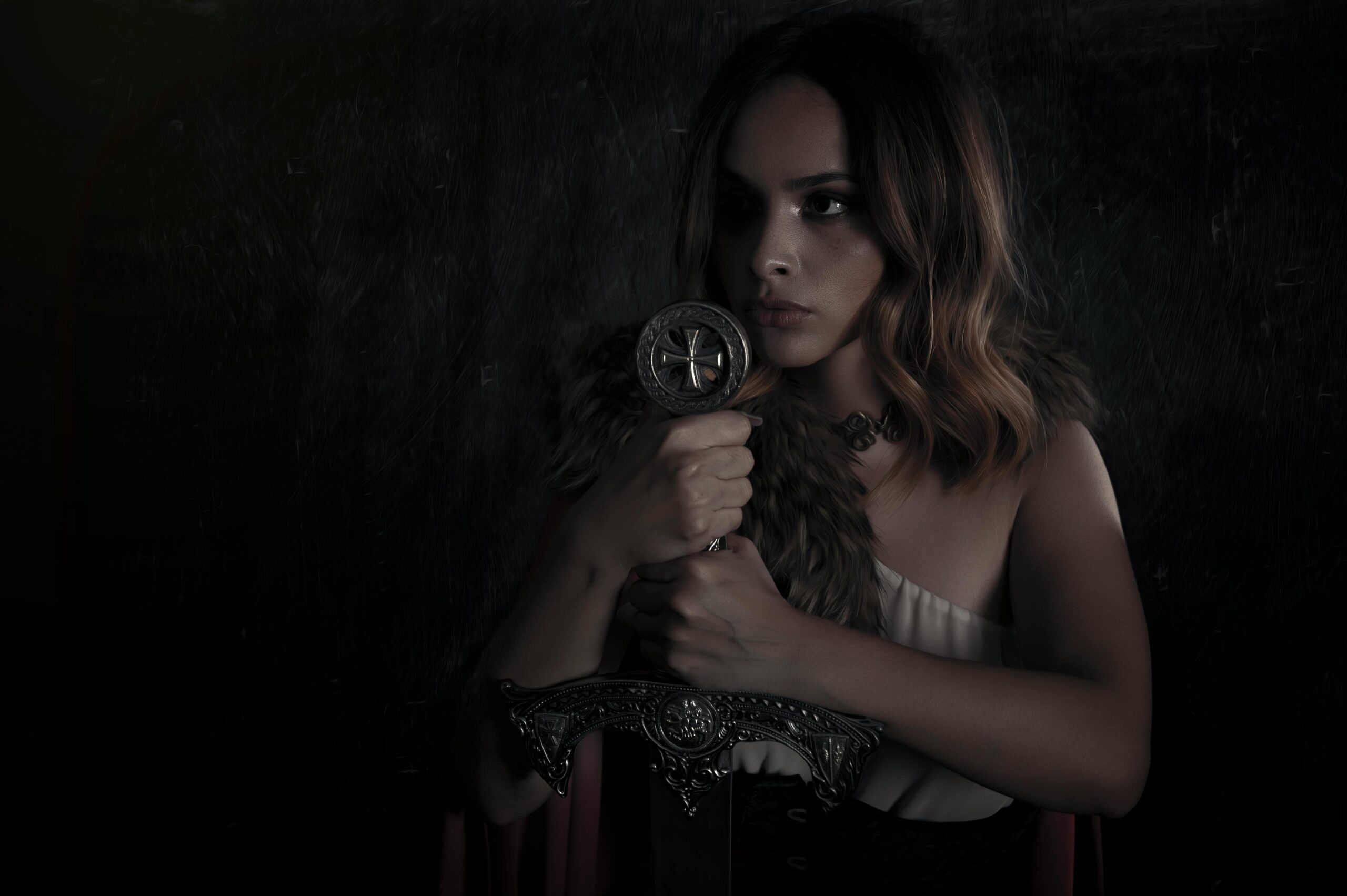Deep within each of us lies an untapped reservoir of psychological power waiting to be discovered. Carl Jung’s revolutionary work on archetypes offers a transformative pathway to understanding ourselves and unlocking our fullest potential.
🌟 The Foundation of Jungian Psychology and Self-Discovery
Carl Gustav Jung, one of the most influential psychologists of the 20th century, developed a comprehensive framework for understanding the human psyche that continues to resonate with seekers of personal transformation today. Unlike his contemporary Sigmund Freud, Jung believed that our unconscious mind contains not just repressed memories and desires, but also vast reservoirs of wisdom, creativity, and transformative power.
At the heart of Jung’s psychological model lies the concept of archetypes—universal, primordial images and patterns that exist within the collective unconscious of all humanity. These archetypes shape our behaviors, influence our relationships, and guide our personal development in profound ways. Understanding these archetypal patterns becomes essential for anyone committed to genuine self-discovery and psychological growth.
The journey toward wholeness, what Jung called “individuation,” involves recognizing and integrating these archetypal forces within ourselves. This process isn’t about achieving perfection but rather about becoming more authentically who we truly are beneath the masks we wear for society.
Understanding the Collective Unconscious: Our Shared Psychological Heritage
Before diving into specific archetypes, we must grasp Jung’s groundbreaking concept of the collective unconscious. This layer of the psyche exists beyond our personal experiences and memories, containing the accumulated psychological experiences of humanity throughout evolution.
The collective unconscious manifests through symbols, myths, and patterns that appear across different cultures and time periods, despite having no direct cultural contact. This explains why similar creation myths, hero journeys, and archetypal figures appear in civilizations separated by vast distances and centuries.
Think of the collective unconscious as a vast library of human experience that we all have access to, whether we’re consciously aware of it or not. Dreams, myths, religious experiences, and moments of profound insight often draw from this deep wellspring of shared psychological material.
Why This Matters for Personal Transformation
Recognizing that we’re connected to something larger than our individual egos provides both humility and empowerment. Our personal struggles often reflect universal human challenges, meaning we’re never truly alone in our psychological journey. This realization can be profoundly healing and liberating.
The Major Archetypes: Meeting the Cast of Characters Within
Jung identified numerous archetypes, but several stand out as particularly significant for personal development. Each archetype represents a different facet of human experience and potential, and learning to recognize their influence in our lives becomes transformative.
The Persona: Your Social Mask 🎭
The Persona represents the face we present to the world—the professional demeanor at work, the polite neighbor, the dutiful family member. This archetype helps us navigate social situations and meet societal expectations. However, problems arise when we identify too completely with our Persona, losing touch with our authentic self beneath the mask.
Many people experience depression, anxiety, or a sense of emptiness when they’ve over-identified with their Persona. They’ve become so skilled at being what others expect that they’ve forgotten who they truly are. Personal growth requires acknowledging the Persona’s utility while not allowing it to completely define us.
The Shadow: Embracing Your Hidden Depths
Perhaps Jung’s most famous concept, the Shadow contains all the parts of ourselves we’ve rejected, denied, or hidden away. These include not just negative traits like aggression or selfishness, but also positive qualities that we’ve been taught are unacceptable or that don’t fit our self-image.
Shadow work—the process of acknowledging and integrating these rejected aspects—represents one of the most challenging yet rewarding aspects of personal development. When we deny the Shadow, it doesn’t disappear; instead, it manifests in unconscious behaviors, projection onto others, and self-sabotage.
Common signs that your Shadow needs attention include:
- Strong emotional reactions to certain people or behaviors
- Repeated patterns of self-destructive behavior
- Feeling “triggered” by specific situations or personality types
- Difficulty accepting compliments or acknowledging your strengths
- Projecting your own unacknowledged traits onto others
The Anima and Animus: The Contrasexual Soul
Jung proposed that everyone carries within them qualities traditionally associated with the opposite sex. The Anima represents the feminine aspect within men, while the Animus represents the masculine aspect within women. These archetypes profoundly influence our relationships, creativity, and psychological balance.
Integrating the Anima or Animus doesn’t mean abandoning your gender identity but rather embracing the full spectrum of human qualities available to all people. Men benefit from developing qualities like emotional sensitivity, receptivity, and nurturing capacity. Women grow by cultivating assertiveness, logical thinking, and decisive action.
💎 The Self: The Ultimate Goal of Individuation
At the center of Jung’s psychological model sits the Self—the archetype of wholeness and the regulating center of the psyche. Unlike the ego, which represents our conscious identity, the Self encompasses the totality of our being, both conscious and unconscious.
The Self shouldn’t be confused with selfishness or self-centeredness. Rather, it represents psychological integration, where all aspects of personality work together harmoniously. When we’re aligned with the Self, we experience a sense of meaning, purpose, and connection to something greater than our individual concerns.
Manifestations of the Self often appear in dreams as mandalas, wise figures, divine children, or symbols of wholeness and perfection. Religious and spiritual experiences frequently involve encounters with the Self, which Jung saw as the psychological basis for the concept of God or the Divine.
The Journey of Individuation: Becoming Whole
Individuation represents the lifelong process of psychological development toward realizing the Self. This journey isn’t linear but cyclical, involving repeated encounters with archetypal energies at deeper levels of understanding throughout life.
Key stages of individuation include:
- Differentiating from the Persona to discover authentic identity
- Confronting and integrating the Shadow
- Encountering and integrating the Anima or Animus
- Developing a relationship with the Self
- Balancing conscious ego with unconscious wisdom
Practical Applications: Working With Archetypes in Daily Life
Understanding Jungian theory intellectually provides value, but the real transformation comes from actively engaging with these archetypal energies in your daily life. Here are practical approaches to deepen your relationship with the archetypes and accelerate personal growth.
Active Imagination: Dialoguing With Your Inner World 🧘
Jung developed active imagination as a method for consciously engaging with unconscious material. Unlike passive daydreaming, active imagination involves deliberately entering a meditative state and allowing unconscious images, figures, or scenarios to emerge, then interacting with them consciously.
To practice active imagination, find a quiet space, enter a relaxed state, and allow an image or figure from a dream or fantasy to appear. Rather than controlling the scenario, engage in genuine dialogue with whatever emerges, asking questions and allowing responses to arise naturally. Record your experiences afterward for reflection.
Dream Work: Messages From the Unconscious
Jung considered dreams the primary language of the unconscious mind. Unlike Freud’s reductive approach that saw dreams as wish fulfillment, Jung viewed them as compensatory—providing perspective and information that our conscious mind lacks.
Effective dream work involves recording dreams immediately upon waking, identifying the emotional tone, recognizing archetypal figures and symbols, and considering what aspect of your life the dream might be commenting on. Pay special attention to recurring dreams, as these often signal important developmental needs.
Creative Expression: Giving Form to the Formless
Jung himself created mandalas, sculptures, and paintings as ways of expressing unconscious material. Creative activities like art, writing, music, or movement provide powerful channels for archetypal energies to manifest and integrate.
You don’t need artistic talent to benefit from creative expression. The process matters more than the product. Allow yourself to create spontaneously without judgment, letting symbols, colors, and forms emerge organically from your unconscious.
🔍 Recognizing Archetypal Patterns in Your Relationships
Our relationships serve as mirrors, reflecting back aspects of ourselves we often can’t see directly. Archetypal patterns play out constantly in our interactions with others, and recognizing these patterns provides invaluable insight for personal growth.
When we experience intense attraction, dislike, or fascination with someone, we’re often projecting archetypal energy onto them. The person becomes a “hook” for our own unconscious content. While they may indeed possess certain qualities, the intensity of our reaction reveals more about our inner world than their actual nature.
Common Relationship Patterns and Their Archetypal Roots
The “savior complex” often involves projecting the Hero archetype outward, trying to rescue others rather than confronting our own need for transformation. The repeated attraction to unavailable partners may reflect unintegrated Anima or Animus energy seeking expression through external relationships rather than internal development.
Parent-child dynamics frequently activate the Mother and Father archetypes, sometimes leading to infantilization or rebellion in adult relationships. Recognizing when we’ve slipped into these patterns allows us to relate more authentically and maturely.
Navigating the Dark Night: Archetypal Encounters in Crisis
Life’s most challenging moments—loss, failure, illness, existential crisis—often represent archetypal initiations. These aren’t random misfortunes but potentially transformative encounters with deep psychological material demanding integration.
The “dark night of the soul” represents a descent into the unconscious, where old identities and worldviews dissolve. While profoundly uncomfortable, these periods can catalyze the most significant growth if we approach them with consciousness rather than resistance.
During crisis, archetypal energies become particularly active and accessible. The Wounded Healer archetype may emerge, transforming our pain into wisdom that serves others. The Death and Rebirth archetype facilitates necessary endings that make space for new beginnings.
Supporting Your Journey Through Difficulty 💪
When facing archetypal encounters during crisis, maintain practices that keep you connected to your center: meditation, journaling, time in nature, and meaningful ritual. Seek support from those who understand psychological and spiritual development, whether therapists, mentors, or wisdom traditions.
Remember that disorientation and discomfort indicate transformation in progress. The ego resists change, but the Self orchestrates growth. Trust the process while maintaining grounding practices.
Integrating Archetypal Wisdom: Creating Your Personal Mythology
Each person’s individuation journey is unique, even while sharing universal archetypal themes. Creating your personal mythology—a coherent narrative that integrates your experiences, values, and aspirations—provides structure and meaning for your development.
Your personal mythology isn’t a fantasy or escape from reality but rather a framework for understanding your life’s deeper patterns and purposes. It answers questions like: What is my unique calling? What recurring themes appear in my life? What transformation is my soul seeking?
Developing your mythology involves identifying the archetypal themes most active in your life, recognizing the “hero’s journey” you’re on, understanding your wounds and gifts, and clarifying the contribution you’re here to make. This becomes a living document that evolves as you do.
The Collective Dimension: Archetypal Activism and Cultural Healing 🌍
Jungian psychology doesn’t stop at individual development. Jung recognized that collective psychological forces shape societies, and unintegrated archetypal energies can manifest as social pathologies—war, prejudice, environmental destruction, and cultural dysfunction.
As individuals integrate their own Shadow, they contribute to collective healing. Personal transformation ripples outward, influencing families, communities, and culture. This understanding elevates personal growth from self-indulgence to social responsibility.
Contemporary challenges like climate crisis, political polarization, and technological disruption reflect archetypal dynamics at the collective level. Engaging these issues with archetypal awareness allows for deeper, more sustainable solutions than purely rational or political approaches offer.
Beyond Theory: Living Archetypal Consciousness
Ultimately, Jungian psychology invites us beyond intellectual understanding into lived experience. Archetypal consciousness means recognizing the mythic dimension of ordinary life, seeing the sacred in the mundane, and understanding yourself as part of an unfolding cosmic story.
This perspective doesn’t deny the reality of bills, responsibilities, and daily challenges. Rather, it contextualizes them within a larger framework of meaning and purpose. Your struggles become initiations, your relationships become teachers, and your life becomes the canvas for your soul’s expression.
Living with archetypal awareness requires ongoing practice and commitment. Regularly engage in reflection, maintain connection with your inner world through dreams and imagination, seek honest feedback from trusted others, and remain open to the unexpected ways the Self communicates guidance.
Resources for Continued Exploration 📚
Serious students of Jungian psychology benefit from reading Jung’s own works, particularly “Man and His Symbols,” “Memories, Dreams, Reflections,” and “The Archetypes and the Collective Unconscious.” Contemporary Jungian analysts like James Hollis, Marion Woodman, and Robert Moore offer accessible applications of these principles.
Consider working with a Jungian analyst or depth psychologist who can guide your individuation process. Group work, such as dream circles or mythology study groups, provides community support for the journey. Workshops focusing on specific archetypes or individuation stages offer intensive experiences of transformation.
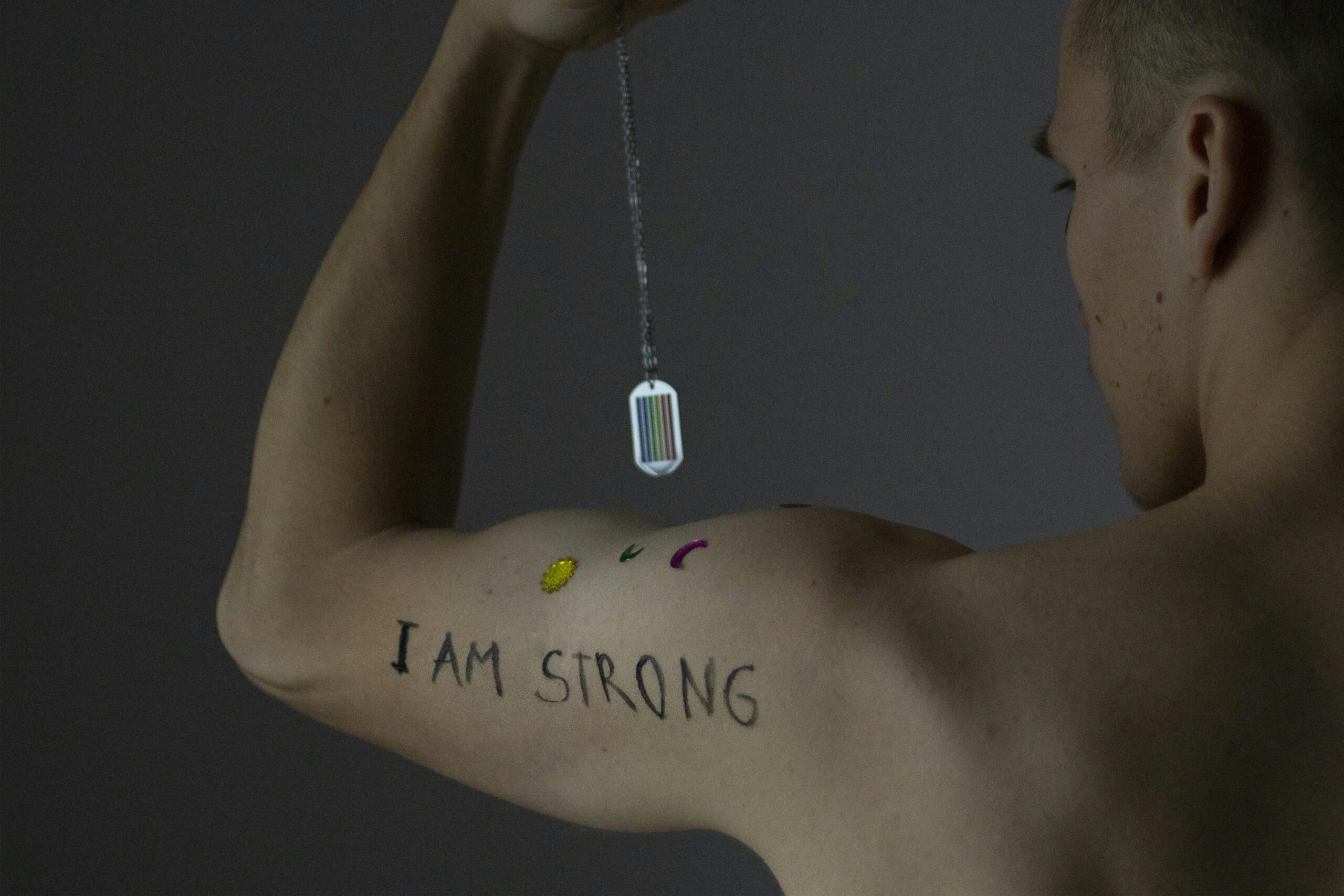
Embracing the Transformative Journey Ahead ✨
The exploration of Jungian archetypes and the Self represents more than academic interest or therapeutic technique—it offers a profound pathway to authentic selfhood and meaningful existence. By engaging consciously with the archetypal forces shaping your life, you claim your role as co-creator of your destiny rather than passive victim of circumstances.
This journey demands courage, honesty, and persistence. You’ll encounter aspects of yourself you’d rather avoid, face illusions you’ve cherished, and relinquish identities you’ve outgrown. Yet the rewards—psychological freedom, authentic relationships, creative expression, and deep meaning—make every challenge worthwhile.
Remember that individuation isn’t a destination but a lifelong process. Each stage of life brings new archetypal encounters and opportunities for integration. The ego may resist, preferring comfort and familiarity, but the Self continually calls you toward greater wholeness.
Start where you are. Notice which archetypes feel most active in your current life. Begin a dream journal. Try active imagination. Create something expressing your inner world. Seek support for your journey. Most importantly, trust that the unconscious is fundamentally oriented toward your growth and healing, even when the path feels dark or uncertain.
The power within you is real, vast, and waiting for your conscious engagement. By unveiling and integrating these archetypal energies, you don’t just transform yourself—you contribute to the evolution of human consciousness itself. Your personal journey of individuation serves the collective awakening we all desperately need. This is the profound gift and responsibility that Jungian psychology offers: the invitation to become fully, authentically, magnificently yourself.
Toni Santos is a myth-psychology researcher and narrative writer exploring how archetypes, symbols and human story converge to shape mind, culture and meaning. Through his studies on the collective unconscious, comparative mythology and symbolic dream interpretation, Toni examines how the myths we tell reflect the patterns we live — and how awareness of these patterns can spark transformation. Passionate about hero’s journeys, mythic motifs and dream-language, Toni focuses on how story acts as both mirror and map for inner depth and growth. His work highlights the bridges between myth, psyche and culture — guiding readers toward a deeper encounter with themselves and the stories they carry. Blending psychology, mythology and narrative theory, Toni writes about the hidden architecture of meaning — helping readers understand how symbols, stories and dreams shape experience and identity. His work is a tribute to: The power of myth to reveal the unseen structures of psyche The journey from archetype to individual lived story The art of dream-language as a path to wholeness Whether you are a storyteller, psychologist or traveller in the inner landscape, Toni Santos invites you to explore the mythic dimension of mind — one symbol, one myth, one insight at a time.
